
Samples of a Rayleigh-Fading Multipath Channel
contributed by Ralf Haas, ENST, Paris
The phenomenon of multipath fading on a mobile radio channel is characterized by two parameters:
- the multipath delay spread T_m, which is related to frequency selectivity, and
- the Doppler spread B_D which is related to time selectivity.
They are due to multipath propagation delays and the motion of the transmit and/or receive antenna, respectively.
Frequency Selectivity
The multipath delay spread T_m represents the time interval for which the
the impulse response of the channel is considerably greater than zero.
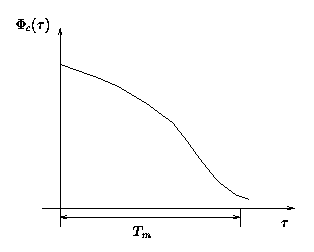 Figure 1: Delay profile. Expected received power as a function of excess delay time
Figure 1: Delay profile. Expected received power as a function of excess delay time
The coherence bandwidth B_c of the channel is
proportional to the reciprocal of T_m. B_c denotes the maximum frequency separation
of two sinusoidal signals, for which the channel affects these waves still in a highly correlated
manner.
This implies that a signal with a bandwidth larger than B_c will suffer from intersymbol interference.
If its bandwidth is considerably smaller than B_c the channel can be considered as frequency-nonselective or "flat" fading.
Time Selectivity
Time variations of the channel due to a relative motion between transmitter and receiver lead to a broadening of the signal spectrum. This frequency dispersion can be characterized by the U-shaped power spectrum of isotropic scattering.

The spectral line of a pure sine wave will have a power spectrum as shown in figure 2 after transmission over the channel. The frequency range where the power spectrum is nonzero defines the Doppler spread B_D. The reciprocal of B_D approximates the coherence time T_c of the channel. If we represent the channel influence as an attenuation of the signal amplitude, T_c denotes the minimum time interval between two decorrelated attenuation factors.
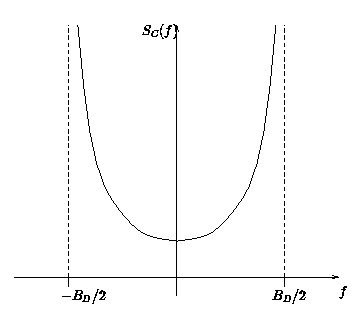 Figure 2: Power density spectrum of a sine wave suffering from a Doppler spread.
Figure 2: Power density spectrum of a sine wave suffering from a Doppler spread.
Influence on the channel attenuation
Figures 3 to 5 show how the channel attenuation depends on time and frequency
of the signal for various values of dthe delay spread and Doppler spread.
The time axis is scaled in multiples of the symbol duration T_s and the frequency axis in multiples of 2/T_s. The dispersion of the channel is given by the corresponding normalized parameters t_m = T_m / T_s and f_D = B_D T_s/2.
It can be observed that the rate of variations of the channel attenuation increases if the Doppler spread increases. This coincides with a decrease of the coherence time of the channel.
Similarly, the effect of changing the signal frequency increases if the channel has a smaller coherence bandwidth, corresponding to a longer delay spread.
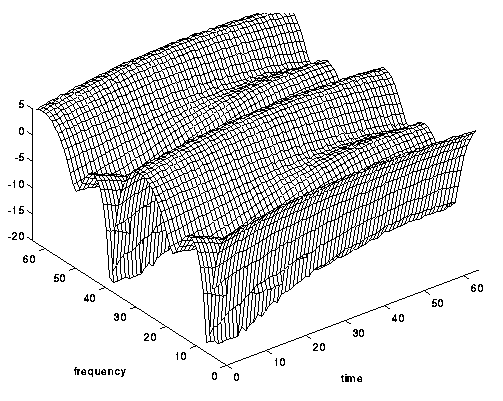 Figure 3: Amplitude of the channel attenuation in dB for t_m = 0.05 and f_D = 0.005.
(Highly frequency selective, but not very time selective)
Figure 3: Amplitude of the channel attenuation in dB for t_m = 0.05 and f_D = 0.005.
(Highly frequency selective, but not very time selective)
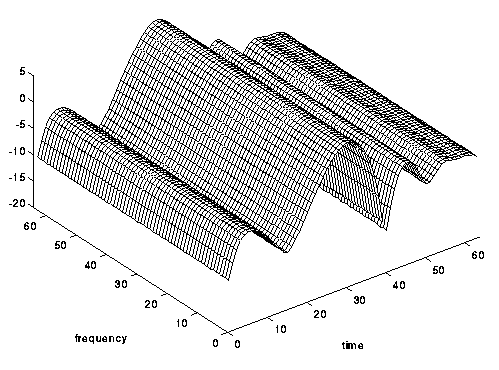 Figure 4: Amplitude of the channel attenuation in dB for t_m = 0.005 and f_D = 0.05.
(Almost frequency non-selective, very time selective: rapidly fading)
Figure 4: Amplitude of the channel attenuation in dB for t_m = 0.005 and f_D = 0.05.
(Almost frequency non-selective, very time selective: rapidly fading)
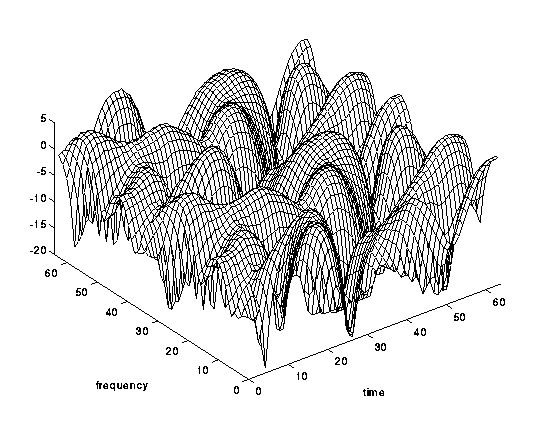 Figure 5: Amplitude of the channel attenuation in dB for t_m = 0.05 and f_D = 0.05.
(time selective and frequency selective; "The real thing")
Figure 5: Amplitude of the channel attenuation in dB for t_m = 0.05 and f_D = 0.05.
(time selective and frequency selective; "The real thing")




Source: R. Haas, "Applications of multicarrier modulation in mobile radio communications",
PhD thesis, Ecole Nationale Superieure des Telecommunications, Paris, 1996.







